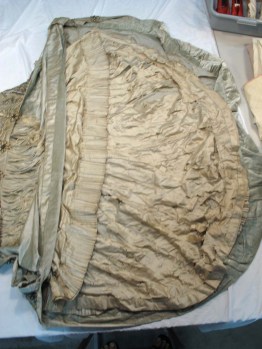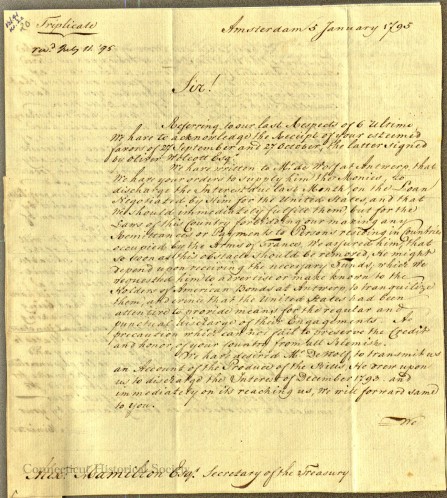 In 2006 Barbara started the Manuscript blog on WordPress, talking about all the collections and her experiences working at CHS. She has kept it going mostly on her own, until the rest of the staff volunteered to help out, turning the manuscript blog in to Inside the CHS. Our staff has done an amazing job blogging daily about their passions and experiences working the the museum field. After over a year of growth on WordPress the blog is ready to come home to CHS.org.
In 2006 Barbara started the Manuscript blog on WordPress, talking about all the collections and her experiences working at CHS. She has kept it going mostly on her own, until the rest of the staff volunteered to help out, turning the manuscript blog in to Inside the CHS. Our staff has done an amazing job blogging daily about their passions and experiences working the the museum field. After over a year of growth on WordPress the blog is ready to come home to CHS.org.
However, we have even bigger news! We are not going to simply add Inside the CHS to the current site, we built a whole new CHS.org. We are all working hard to get the site ready for launch in the next couple of weeks, so you might see a little down time here on Inside the CHS. To get ready, all our writers are taking a little summer time break. They are recharging their blogging batteries and to taking some time to learn how to use the new CHS.org
This blog will still be here, but all new posts, as well as our archive, will be moving to the new CHS.org. So enjoy some of the older posts, discover a new author, or send us some idea for new posts.
See you soon on the new CHS.org
















